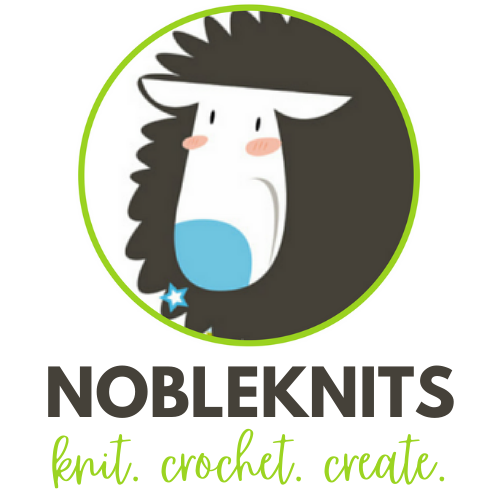How-To Knit with Different Dye Lots and Hand Dyes
Have you ever forgotten to look at the yarn dye lots to make sure they match only to find that when knitted, you have a big color patch? Noticed that hand-dyed yarns vary from skein to skein and when knitted can create color patches or pooling? Those problems can be frustrating, but they are part of the knitting process. Here's a very easy work around to that common problem. It's called yarn blending or striping.
Yarn blending why bother?
Take a look at the image below. These are three skeins from the same dye lot. Notice how the colors vary in intensity. The skein on the right is much more saturated with color, the middle much lighter and the one on the left is somewhere in between.
Color variations like this are often found in hand painted or space-dyed yarns. Those qualities that make artisan handpaints and space dyed yarns so beautifully unique, make the transition in your project from one skein to the next very prominent and not always attractive.
So what to do?
The solution is to "blend" or "stripe" the yarn and here is how it is done. The technique is called "carrying the yarn" and it is also used when using creating striped pieces. Essentially, you will alternate skeins every 2 to 4 rows. I like the 2-row method because the carried yarn is not stretched quite that far. Take a look at the images and text below. It’s really easy!
Step 1
Attach the 2nd skein by merely picking up and beginning to knit your pattern row, leaving approximately a 5" tail.
I’m using a secondary color (brown) so you can see it better, and call my original skein (skein A) and my brown skein (skein B).
Knitting Doctor Tip: So you don’t have to weave in the tail of your second skein, take the tail of the new yarn and overlap it over the new working yarn for a couple of stitches. That will anchor the end. If you have garter borders, like we do, the tail is easy to hide and it will weave as you go and you can then secure.
Step 2
Continue to work across the current row and back across the upcoming purl row until you end up where you started.
Step 3
Final step is to now pick up the working yarn from the 1st skein (skein A) and the working yarn you have ended with (skein B) and give them a little half twist. Now begin your next row with your original yarn (skein A). Ready to blend? OK!
Continue switching yarns every two rows
Knitting Doctor Tip: As you are switching yarns, the tendency is pull up on the new yarn. This will cause your edge to draw in or pucker. After you have knit your first stitch, give the garter edge a downward tug to make sure you are not drawing too tightly.














